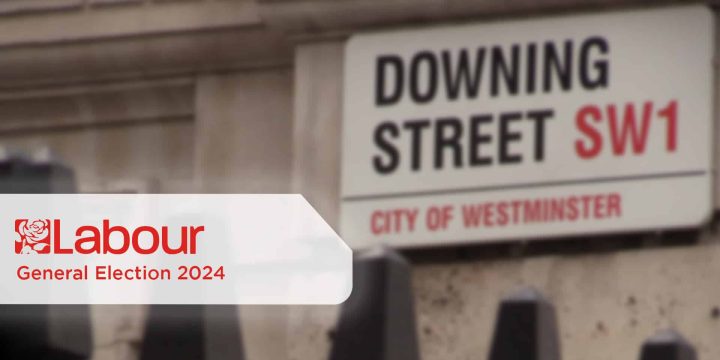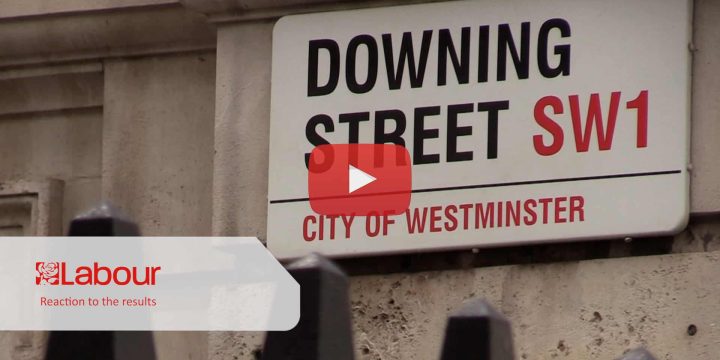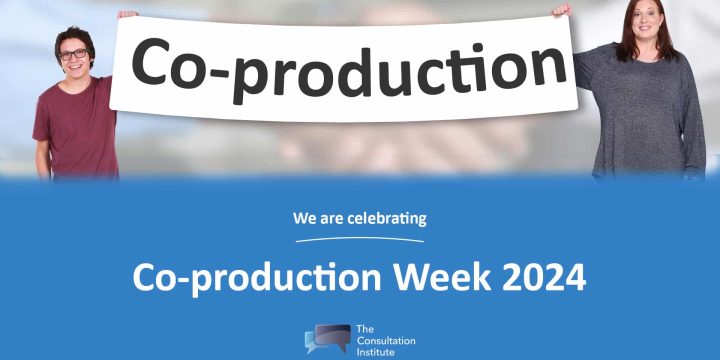News & Insights
Active Travel: Addressing Public Misconception
Over the past few years, hundreds of active travel schemes have been successfully completed that are increasingly been recognised as a sustainable and healthy alternative to motorised travel, enabling thousands of people throughout the country to walk, wheel or cycle to their destinations. As a result, people using active travel routes are healthier, reducing their fuel costs, and lowering their carbon footprints, while many children have seen their school runs transformed.
Work to continue delivering active travel schemes will bring huge benefits to the nation’s economy, health, and environment, and it’s an exciting time for local authorities as they continue to develop well designed schemes that make our roads safer and more accessible for all.
Following updated guidance, along with a commitment to sustain funding for local authorities that demonstrates ‘high-quality public engagement’ in active travel planning, early involvement with the public is essential to support buy-in and demonstrates a commitment to co-creating schemes that communities want. However, despite the proven benefits of active travel, there are several public misconceptions that hinder its wider acceptance and implementation. Addressing these misunderstandings is crucial for cities and communities aiming to promote a more sustainable and active lifestyle.
Misconception 1: active travel is less efficient
Many people believe that active travel methods like walking and cycling are less efficient compared to driving, especially in urban settings. While it’s true that motor vehicles are faster over long distances, for shorter urban trips, active travel can often be quicker when considering the time spent on traffic congestions and searching for parking. Moreover, integrating active travel with public transportation can make longer commutes more efficient and less stressful.
Solution: education and awareness campaigns
To counter this misconception, education campaigns can highlight the efficiency of active travel in urban settings. Real-time data showing the comparative travel times by different modes during peak hours can be an eye-opener for many urban commuters.
Misconception 2: active travel is unsafe
Concerns over safety are significant deterrents for potential cyclists and pedestrians, especially in areas without proper infrastructure. The perception of risk is heightened by reports of accidents involving cyclists and pedestrians, creating a feedback loop that discourages active travel.
Solution: infrastructure improvements and safety campaigns
Developing dedicated and well-designed cycling lanes and pedestrian paths can significantly reduce these safety concerns. Regular safety campaigns, improved lighting, and visible signage can also help enhance safety perceptions. Engaging with local communities to participate in the design and promotion of these routes ensures that they meet the specific needs of the area.
Misconception 3: active travel only benefits individuals
Some people view walking and cycling as merely personal choices without considering the broader social, economic, and environmental benefits. These include reduced air pollution, lower greenhouse gas emissions, decreased traffic congestion, and improved public health.
Solution: public consultation exercises
Public consultations play a pivotal role in changing public perception by highlighting the collective benefits of active travel. Sharing data on how sustainable travel can reduce healthcare costs, improve air quality, and enhance the overall quality of urban life can motivate more people to support and engage in active travel initiatives.
Misconception 4: active travel isn’t feasible in all weather conditions
Another common misconception is that active travel is only viable in mild or warm weather. This perception limits the potential for year-round cycling and walking.
Solution: infrastructure and community support
Investing in infrastructure that accommodates all weather conditions – like covered bike lanes and heated pathways – and promoting active travel gear that is appropriate for different types of weather can help overcome this barrier. Examples from cities like Copenhagen and Amsterdam, where cycling is prevalent year-round, can inspire cities to adapt.
Catalysed by the need to decarbonise, local authorities are investing in active travel and involving the public consultation at the heart of the decision-making process to ensure residents have the choice to make journeys under their own steam.
Seeking valuable insights and experiences regarding local transportation needs and preferences, decision-makers are gathering diverse perspectives to ensure that active travel schemes align with the needs and priorities of the community. Furthermore, co-creation helps identify potential concerns or objections that community members may have regarding proposed active travel schemes. Identifying and addressing these concerns early in the planning process can help build trust and support for the initiatives and lead to more user-friendly and effective schemes that better serve the needs of communities.
Addressing the misunderstandings about active travel, requires a comprehensive engagement approach that involves urban planning, community involvement, and ongoing education. Informing the public about the benefits of active travel not only promotes greater participation but also supports broader objectives such as sustainable urban development and public health. By creating an environment that appreciates and embraces active travel, communities can contribute to making urban living healthier, more sustainable, and more enjoyable for all. Entering early dialogue and addressing the transportation requirements of residents more effectively through meaningful public consultation exercises prior to making decisions enables Local Authorities to address the transportation requirements of residents more effectively.
Our job at the Consultation Institute is to help local authorities across the country build that transport vision, one that is developed for future generations, and it is a task that we are excited to help you deliver. We can play a vital role in supporting your active travel aspirations by providing expert guidance, tailored strategies, benchmarking and evaluation, training and capacity building, knowledge sharing, and advocacy efforts. Our expertise and resources can help ensure that engagement processes related to active travel are robust, inclusive, and effective in achieving desired outcomes for communities and stakeholders.
We will shortly be releasing our thinking on the challenges of active travel. If you’d like to receive this paper, please click here.
Speak with a member of the team today by calling 01767 318350 or email us to find out how we can support you develop and deliver meaningful and effective engagement on active travel.



